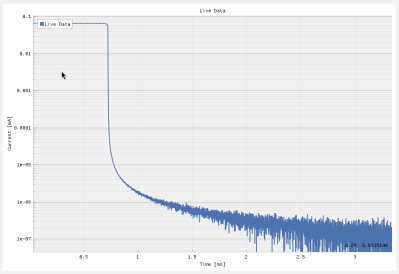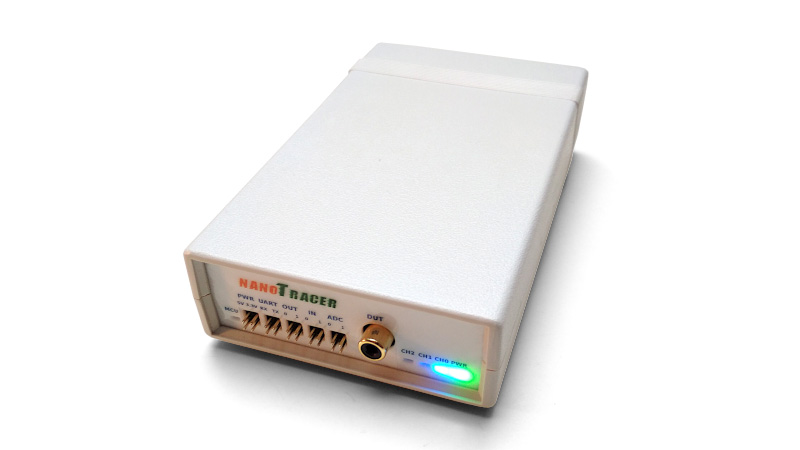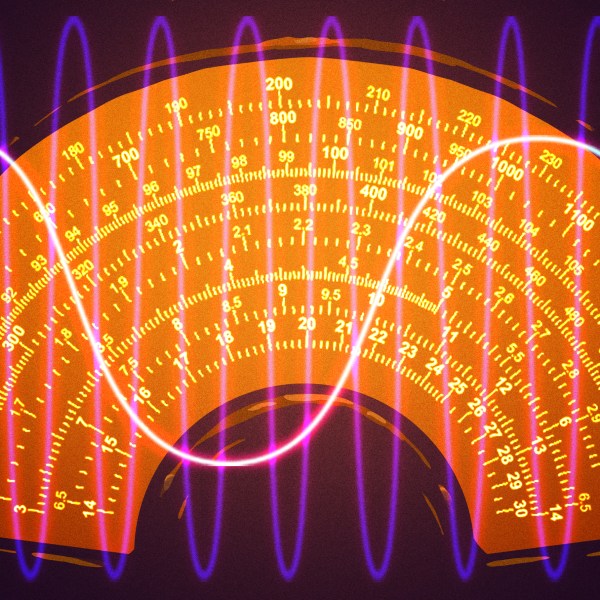Need to do some real fine power consumption measurements? [Gero Müller] was in that exact situation, and wasn’t happy with the expensive off-the-shelf tools for doing the job. Thus, he built his own. Meet nanoTracer.

The concept of the device is simple. It’s a power supply that measures current on a nanoampere scale, and on microsecond intervals. It can deliver from 0 to 5.125 volts in 256 steps, and up to 100 mA of current. It has a sampling bandwidth of 1 MHz, at 2 million samples per second, with effective dynamic range from 100 mA all the way down to 100 nA. For capturing microscopic changes in current draw, that’s invaluable. The device also features a UART for talking to an attached project directly, and additional pins for taking further ADC measurements where needed.
Right now, it’s at an early prototype stage, and [Gero] tells us the software is “very basic” right now. Still, it’s easy to see how this device would be very useful to anyone working to optimize power consumption on low-power projects. One wonders if there are some applications in power-based side-channel attacks, too.
We’re hoping to learn more about nanoTracer from [Gero] soon—how it was built, how it works, and what it’s really like to use. Perhaps one day down the line, the design might even become available for others that could use such a nifty tool. There’s no mucking about when you get down to nanoamps, after all. If you’ve cooked up something similar in your own lab, don’t hesitate to let us know!

















Is this for side channel attacks?
That’s my guess. Why else have such a high sampling rate.
Frustratingly light on any actual technical content.
If the graph is to be believed, and the bandwidth is as stated, it’s pretty good. The noise floor looks like 0.1 nA. In a 1 microsecond sampling period that’s just 600 electrons, and you would expect to see, statistically, a variation or noise of 4% just due to the counting statistics. Their noise floor in that graph isn’t too far off that.
This is a good place to remind folks of the free and excellent Keithley guide to making precision measurements of very low signals: https://download.tek.com/document/LowLevelHandbook_7Ed.pdf
(Keithley used to hand out the paperback for the asking, but that seems to be a last-millennium tradition, pre-Tek acquisition. I won’t part with my 5th Ed. hardcopy. They just got bought again last month. Get your digital version before their new owners decide to pull this one.)
thank you for the link!
My best guess is that it uses a diode as current sensor. The circuit below (Published in Elektor Oktober 2012) uses a BF245 as a diode, apparently it has lower leakage, and then buffers it with a TL272
https://www.elektormagazine.nl/articles/circuit-een-picoamperemeterontwerp
This also fits with the 100mA maximum current, and the apparently single measurement range over at least 5 decades. (7 if you start with 100mA)
I thought it was a project to combat the expensive products of some manufacturers, it is more of a slightly less expensive product. It does not have any real technical information.
The link in Paulo’s comment was more interesting.
i dont understand the point of the article… its not commercial since it’s not for sale
it’s not for the tinkerers because it’s not opened
So far, for low power optimisation, we use otii from qoitech and we are happy with it; the serial string + consumption curve sync is very useful but we are open to alternatives.
Nanoamps and pin headers are a curious combination. Luckily, thanks to the popularity of WiFi gear, RP-TNC is everywhere and you can buy ready-made cables at much lower prices than Triax connectors and cables for lab equipment.
This is cool, but call me when you get to 10fA resolution.
6200 electrons per second would be pretty hard (read “impossible”) to quantify with microsecond resolution.
With a 1 second integration period you can get an your desired uncertainty (“resolution”) of 10 fA on a current of (at least) 37 million electrons per second, 6 picoamps. The 6 pA part is easy, the 10 fA precision part is still darned hard.
Check out the Nordic Semiconductor Power Profiler Kit II (PPK2) https://www.nordicsemi.com/Products/Development-hardware/Power-Profiler-Kit-2 for about $100, provides low current measurement although not necessarily as flexible of a supply.